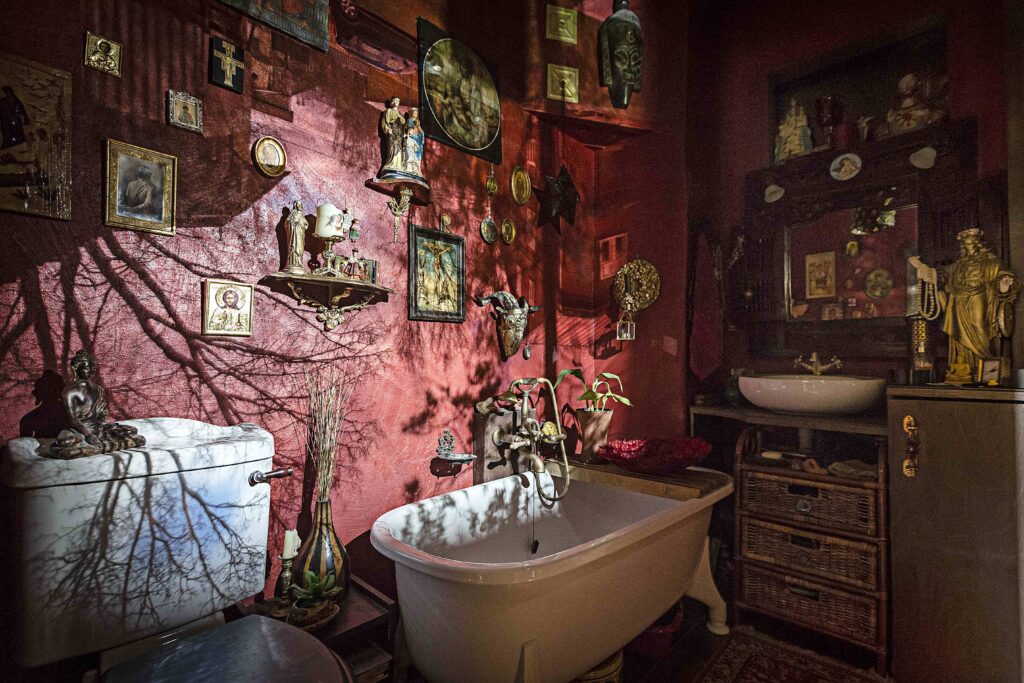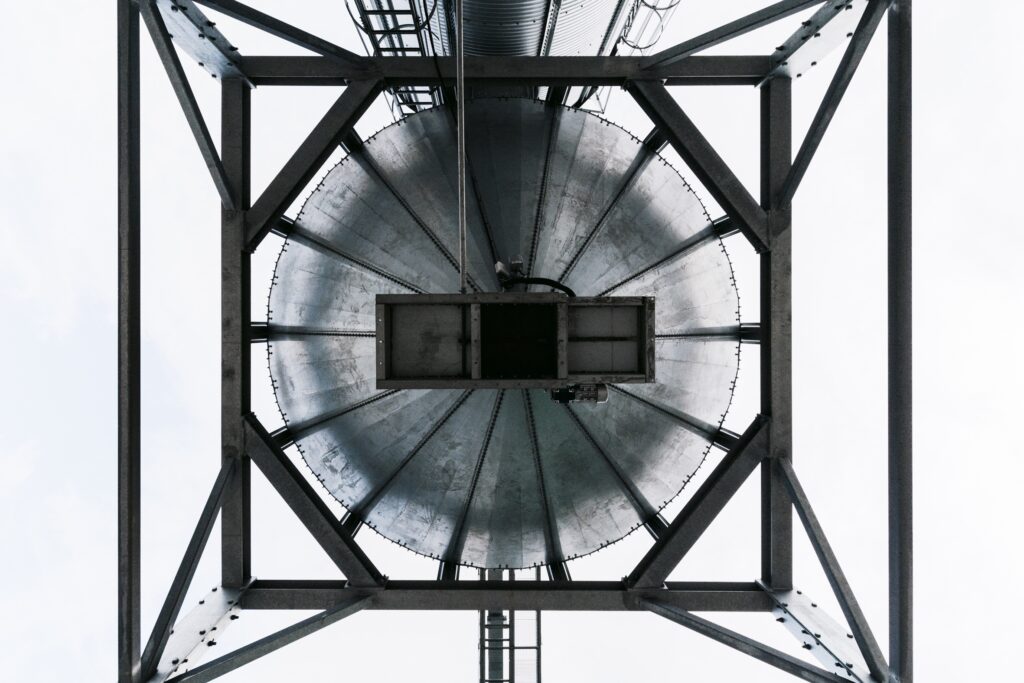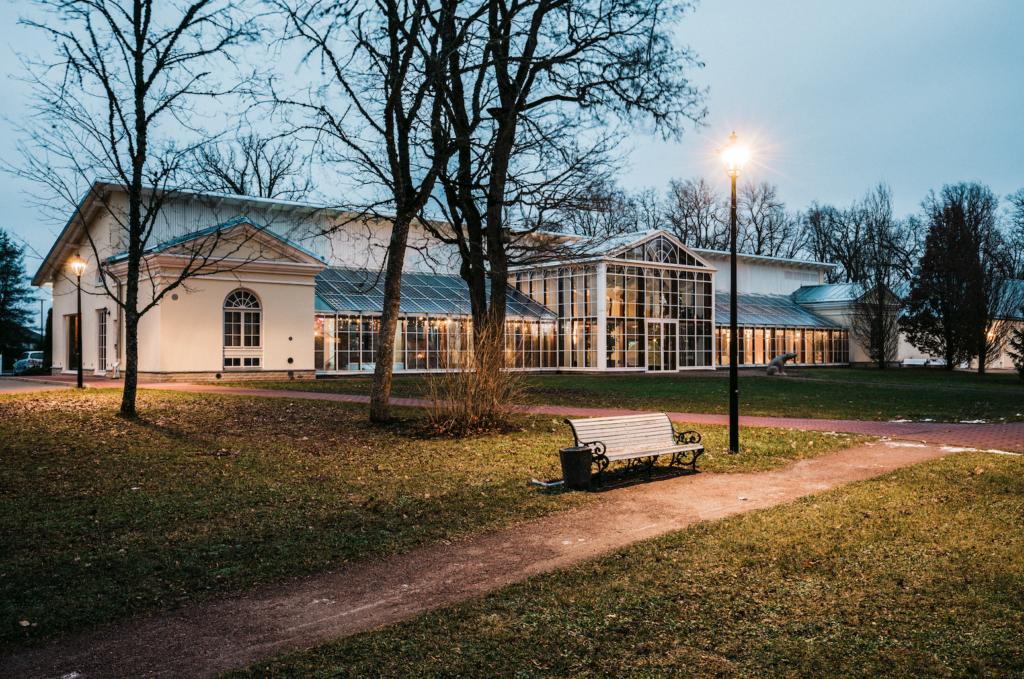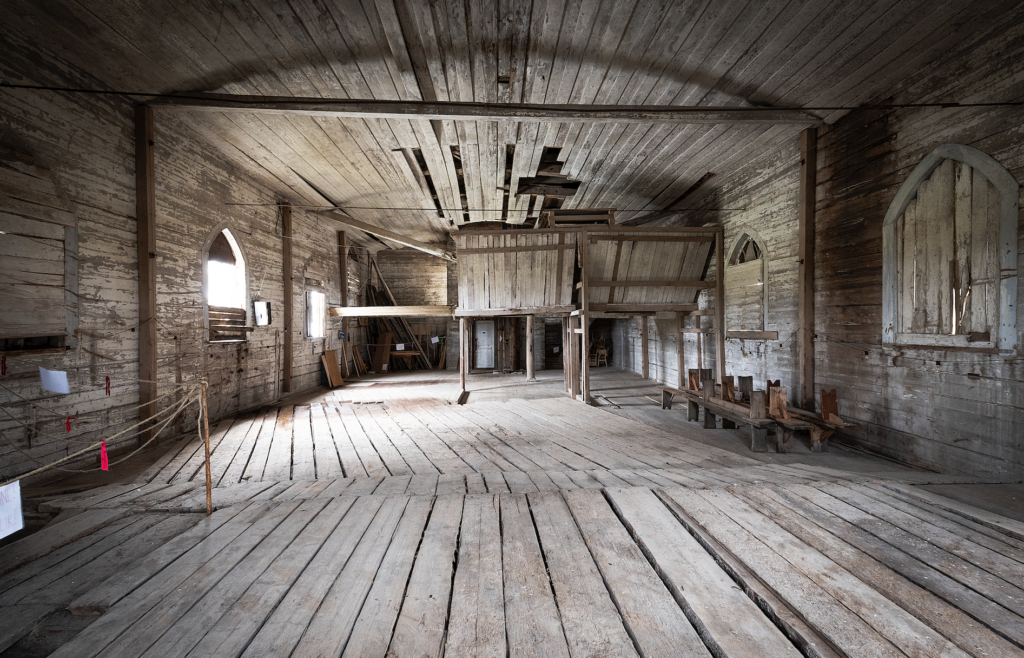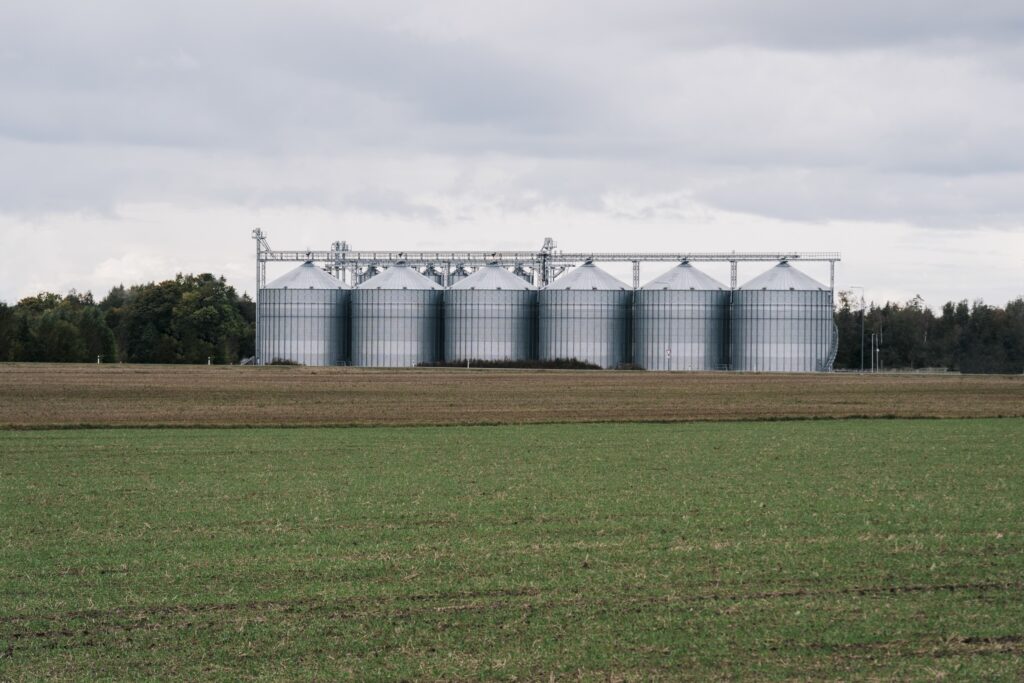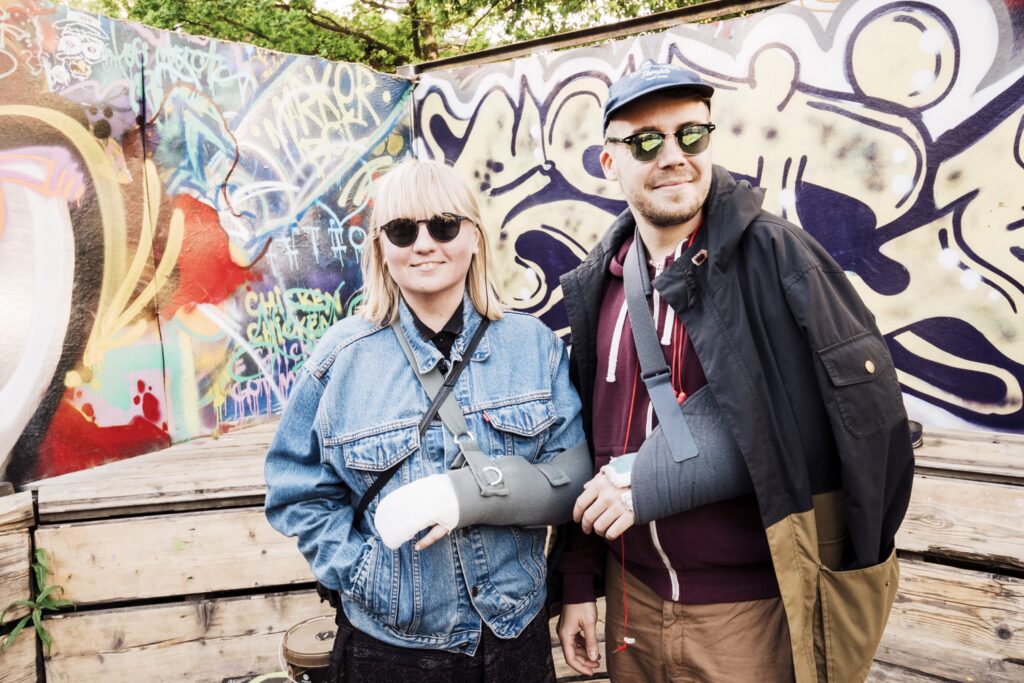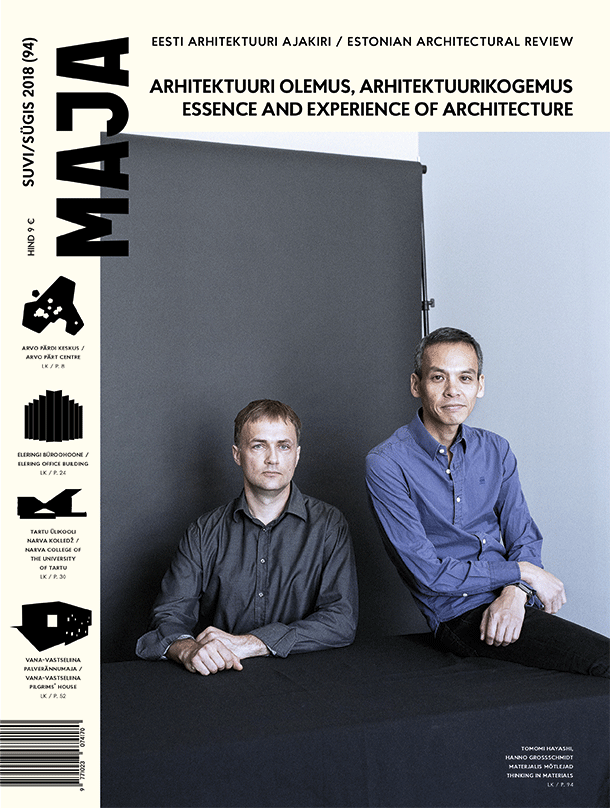Photo Essay by Johan Huimerind. Karlova Obscura II, 2016
Architecture: Arhitektuuribüroo Studio Paralleel (Jaak Huimerind, Kadri Viltrop). Interior architecture: Pink (Tarmo Piirmets, Inna Fleišer).
Estonian Academy of Arts (EKA) master’s theses in interior architecture demonstrate an ability to raise serious global issues, and a polemical search for what interior architecture could contribute to their resolution.
For the 100th issue of the Estonian Architectural Review "MAJA"
Known for its openness to change, Mäetaguse borough has successfully combined its central area comprising buildings of various eras and the great outdoor space into an effective and comprehensive environment.
The reconstruction of buildings under heritage protection and providing them with new content is one way to make a small borough known and alive again.
Here in front of us is according to the plan “a simple and practical” factory building1 and we are chatting with the designer: “The architect has nothing much to do in designing a rapeseed dryer and storage depot. The engineers prepare the main drawings. For the rapeseed processing factory building, the architect only had to conceive the walls around it. The entire complex can be controlled also from a mobile phone.”
Balta is a hybrid of a silk screen printshop and a bar for close friends. Its spatial use and construction logic is closely tied to its founders and changing needs: it is a place whose structure is a co-creation of the entire community. To best describe the project architecturally, it is reasonable to regard the establishment as a flow; an accumulation and recycling of materials. Such a dispersion of authorship and, above all, a material-based point of view is rather a matter of spatial aesthetics, one that provides a visible, perceptible experience of sensuosness and physicality. How is a community bound to its space?
No more posts

